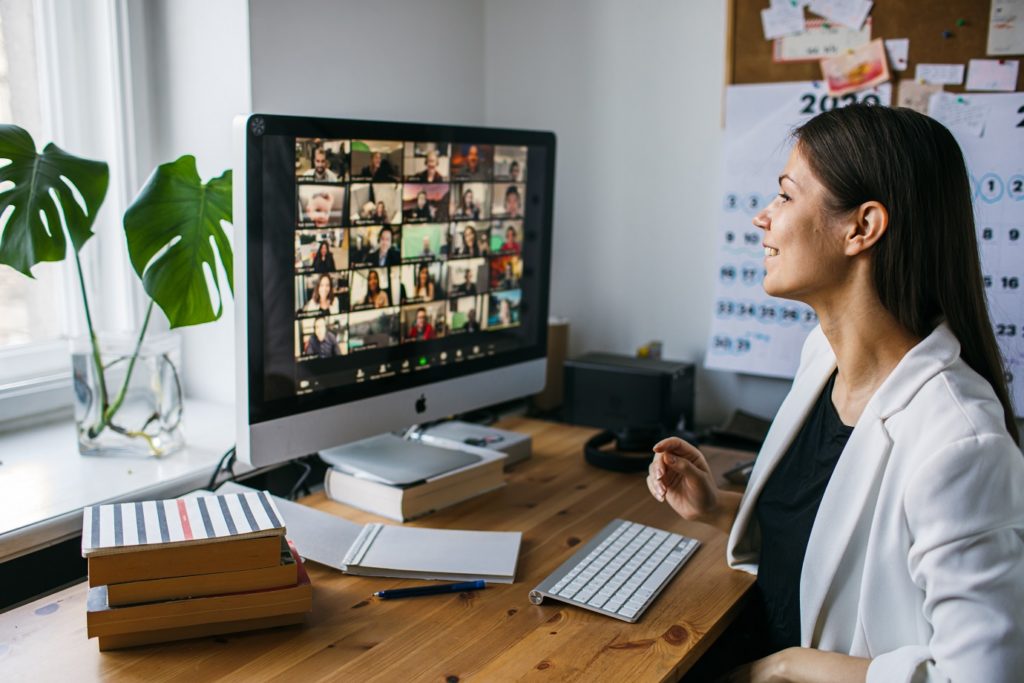A couple of months ago I was sent a meme that asked the question: Who leads the digital transformation of your company? A) CEO, B) CTO, or C) COVID-19. You can guess which answer was circled.
Courtesy of COVID-19, we are now six months into the biggest experiment ever run on remote working. Some people have thrived (hello introverts) while others are desperate to get back to the office (hello untrusting managers). While every organisation is different, here are three predictions of how we might work in the future.
Asynchronous communication will trump synchronous communication
A recent Gartner poll showed that 48% of employees will likely work remotely at least part of the time after COVID-19 versus 30% before the pandemic. Working remotely comes with many benefits such as eliminating time spent community, being able to spend more time with family, and wearing pyjamas to work.
However, many workplaces have simply switched face-to-face activities into virtual ones. We are experiencing Death by Zoom and according to Microsoft, virtual meeting fatigue is indeed a real phenomenon, setting in at around the 30-minute mark.
I recently interviewed Gitlab’s Head of Remote, Darren Murph, for the How I Work podcast, and he pointed out that we are hardwired for synchronous communication from a very early age – at school.
“Synchronicity is the default for a lot of people. It feels very productive. It makes you feel like you’re contributing meaningfully to the organisation, but in truth, these types of meetings and ad hoc interruptions are massively disruptive to the bottom line. It’s very difficult to get into a state of flow and make meaningful progress on any line of work if you’re continuously being interrupted,” Murph explained.
Instead, organisations need to default to asynchromous communication such as email and collaborative documents such as Google Docs. “A bias towards asynchronous is one of the sub values of our Diversity, Inclusion and Belonging value because it allows for a more inclusive chorus of voices to contribute to a project,” Murph describes.
And it also means less interruptions.
Building a workplace community will become a critical activity
Most people have realised that they don’t want to be in the office all the time, nor do they want to work from home 100% of the time. The new normal will most likely involve a hybrid model where work location is highly flexible.
In the past, having a central office where people gathered was key to building a work community and culture. Now that work is more flexible (and most probably staying that way), organisations need to think about how to build a strong sense of community within teams and across their entire company given they can’t rely on a central office doing this.
Instead of believing that co-location is key to community, the importance of intangible things such as shared values becomes more important. When people share values, it helps breed connections to each other. Employees who lack this feeling of being part of a community are more likely to look for work elsewhere.
The death of (perceived) hierarchy
Remote work is the great equaliser. We are all working from our studies / bedrooms / living rooms. We are all just a face on a screen with a view into our personal worlds. No one can sit at the head of the table anymore.
Leaders who have embraced the meshing of their personal world with their working persona have flourished during this time. They have been able to build high quality connections, as Professor Jane Dutton describes, with their team. And these high quality connections lead us to feeling more open, confident and alive.
When organisations do move back to the office, at least in part, leaders need to deliberately maintain these connections and be mindful of signals that they may indicate moving back to strict hierarchy. Instead, deliberately embrace the inclusivity that is bred through the remote environment.
While it can be tempting to return to the way things were, leaders who embrace the positive changes that COVID-19 have given us will be the ones who thrive in the new working world.
Dr Amantha Imber is the founder of behavioural science consultancy Inventium and the host of How I Work, a podcast about the habits and rituals of the world’s most successful people.


